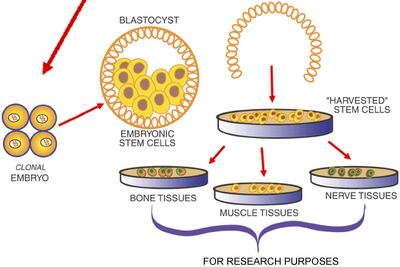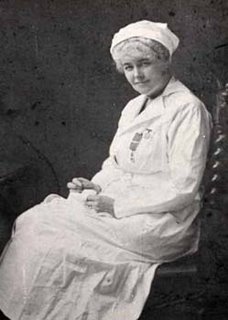Dying to be Beautiful

Margie from admitting was on the phone. Her usual bright and bubbly phone voice was subdued. My new patient was down stairs ready to be picked up and she added with a whisper to bring a wheelchair. This girl was in bad shape. Her name was Lisa.
I grabbed a wheelchair out of the hall and scurried down to admitting. Lisa was waiting for me with her parents in a side office. She weighed just over 80 pounds and looked like a refuge from a concentration camp. She was weak. The muscles in her neck could hardly hold her head up. Her face was ashen . Her legs were swollen and red. Her blond hair was dry, brittle, and falling out. She could hardly speak. After signing voluntary admission papers for the psychiatric unit, I took her up stairs to her room.
Lisa typifies so many young women in this country who starve themselves to be beautiful. What is anorexia? Simply put it is the refusal to maintain a body weight at or above a minimally normal weight for age and height. There is an intense fear of gaining weight or becoming fat even though the person is under weight. How common is anorexia? There are many idea about that, but no one really knows for sure. It’s prevalence in the United States is around 0.1%to 0.6% in the general population and several times higher in adolescent girls. In this country women are getting heavier each generation while the concept of beauty is getting slimmer. More than half of American women say they are on a diet. In recent surveys of 5th to 8th grade girls, 31% said they were on a diet, 9% said they had sometimes fasted, and 5% had deliberately induced vomiting.
Lisa was more than a statistic. I was new to the psychiatric nursing field and she was my first anorexic patient. Why did this happen to her? Lisa was the only child of highly educated parents that were both highly respected professionals in the community. They treasured her. She had majored in the arts and was on her way to a highly successful career. She had everything to live for - and she was dying.
I worked with Lisa for 2 years. Her disease even baffled her. She wanted to be “normal” again. She didn’t know how she had become sick. She would look at her frail body in the mirror and see rolls of fat hanging off of her withering frame. I remember her saying “I just want to be beautiful”. Her parents felt guilty. She felt ashamed. We worked with the entire family. She would reach 98 pounds, and be discharged. After a month or two she would come back to us, weaker and more depressed then ever. This was her cycle until she died of a cardiac arrest in her sleep.
Lisa gave me insight on caring for patients with anorexia. She and I took our victories where we could. Instead of allowing her to focus on her guilt, for not gaining enough weight to meet her goal, we would celebrate the six ounces she did gain by taking a short walk around the block. We would take this private time to focus on the future,discussing what she wanted for herself. This was how I got her to focus on living another day. When she met her goal we really celebrated. I kept two plastic champagne party cup in the nurses station and we would toast her triumph with Perrier water, her favorite.
The use of visualization worked well at times. I would assist Lisa by aiding her with progressive relation techniques and then have her visualize her body as healthy again. She would tell me later that during those sessions she could feel her physical and emotional energies recharging themselves. Because Lisa found this technique to be useful, I continue to use it with all my anorexic patients.
During Lisa’s illness her parents were fighting two battles - the anorexia and their insurance company. The treatment of anorexia is a long and expensive one. Their insurance company threatened to cut off paying for Lisa’s care. I went to the hospital’s utilization review coordinator to see what the insurance companies target in the nursing notes that would determine the status of a claim. These are points I address in all my care plans. This points assure good patient care, and help patients and their family members when dealing with their insurance company. All entries must show in a measurable way the success or failure of the patient’s treatment. Calorie counts and daily weights are done accurately and documented. Any quotes the patient gives during therapy can be important especially if the patient is depressed and suicidal. Monitoring the patients medical condition including vitals every shift, intake and output, observe for signs of infection, and for any signs of stress fractures or organ failure. All patient and family teaching done must be documented in detail.
I was Lisa’s nurse, but she was my teacher. I keep her alive in my heart by using what I learned from her to help others.


























































